
- Company
- Services
- UI/UX Design Services
- Microsoft Dynamics 365
- Mobile App Development
- AI Software Development
- Web App Development
- Generative AI Development
- Digital Product Development
- Enterprise Mobility
- SaaS Application Development
- Application Integration
- White-label WP Maintenance
- ERP Software Solutions
- Software Testing
- Offshore Development Center
- Let’s Connect
- Trending
- Technology
- Industry
- Build Your Team
- Our Work
- Company
- Services
- UI/UX Design Services
- Microsoft Dynamics 365
- Mobile App Development
- AI Software Development
- Web App Development
- Generative AI Development
- Digital Product Development
- Enterprise Mobility
- SaaS Application Development
- Application Integration
- White-label WP Maintenance
- ERP Software Solutions
- Software Testing
- Offshore Development Center
- Let’s Connect
- Trending
- Technology
- Industry
- Build Your Team
- Our Work
We use cookies and similar technologies that are necessary to operate the website. Additional cookies are used to perform analysis of website usage. please read our Privacy Policy
Top 10 Free IoT Platforms for Your Next IoT Project
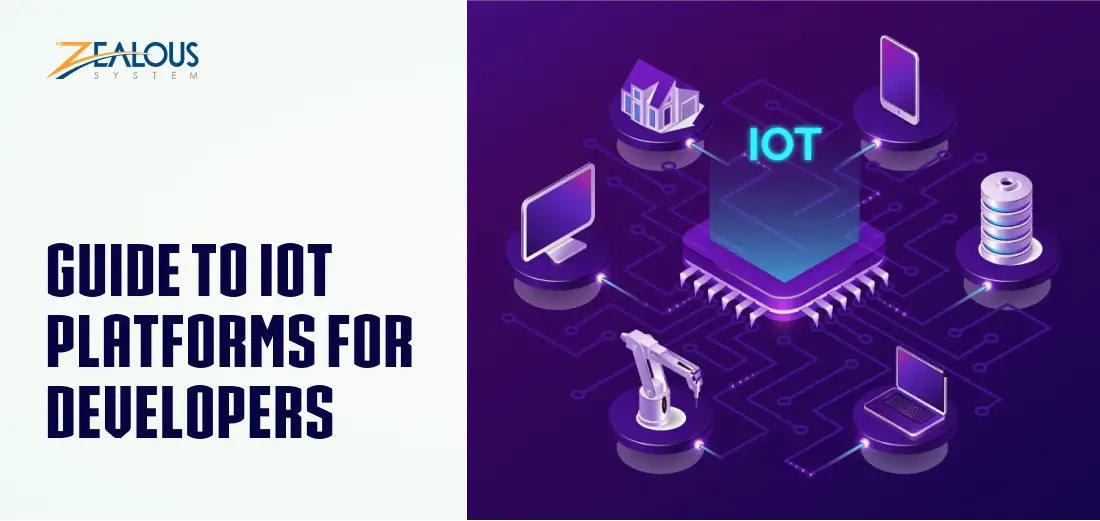
The Internet of Things (IoT) is no longer a futuristic vision; it’s woven into the fabric of our daily lives. From smart homes to connected cities, everyday objects are buzzing with data, offering unprecedented opportunities for efficiency, automation, and insight.
But with so many options out there, choosing the right IoT platform can feel daunting. Fear not, fellow adventurer! This comprehensive guide will introduce you to the world of free IoT platforms, equip you with tips for making an informed decision, and even highlight some key features of each platform to jumpstart your journey.
As per the reports, The global IoT Cloud Platforms Market size was USD 1.254 Billion in 2019 and is forecast to hit USD 6.089 Billion by the end of 2026, at a CAGR of 25.3 percent in 2021-2026.
What are IoT platforms?
IoT platforms serve as a crucial middleware layer that facilitates communication, data processing, and application development for IoT devices. They offer a unified solution for connecting, collecting, and analyzing data, streamlining the development and deployment of IoT applications.
These platforms play a vital role in managing the complexity of diverse IoT ecosystems, providing a foundation for creating innovative solutions.
Here are List of the Top Free IoT Platforms
1. ThingsBoard
ThingsBoard stands out as a powerful open-source option designed to empower ambitious projects. Whether you’re a curious beginner or a seasoned developer, ThingsBoard offers a robust suite of features to connect, manage, and analyze your connected devices, all without pinching your wallet.
Key Features
- Device Management: Register, identify, monitor, and control your diverse IoT devices, from sensors and actuators to gateways and industrial machines.
- Data Collection and Storage: Seamlessly collect and store data from your devices, regardless of the communication protocol they use (MQTT, HTTP, LORA, etc.).
- Data Visualization and Analysis: Create insightful dashboards and reports to visualize your data in real-time, track trends, and identify patterns.
- Rule Engine: Define automated actions and notifications based on your data, enabling intelligent control and proactive decision-making.
- Alarm and Notification System: Receive timely alerts for critical events and anomalies, ensuring swift responses to potential issues.
- Security and Scalability: Rest assured with robust security measures and a scalable architecture that can handle large-scale deployments.
- Customization and Integration: Extend the platform’s capabilities with custom widgets and integrations with external services like databases and analytics tools.
2. OpenRemote
OpenRemote isn’t just another IoT platform; it’s a powerhouse of open-source innovation designed to empower you to build, manage, and analyze smart solutions without sacrificing control or flexibility. Whether you’re a beginner tinkering with your first smart home project or a seasoned developer crafting industrial automation solutions, OpenRemote has something for you.
Key Feature:
- Device Management: Connect and manage a diverse range of devices through various protocol integrations, ensuring seamless communication and control.
- Data Magic: Collect, store, analyze, and visualize data from your devices, unlocking valuable insights into their performance and the environment they operate in.
- Automation Maestro: Craft rules and routines using visual tools or custom code, automating actions based on device data and external triggers.
- Dashboard Delight: Build insightful dashboards to monitor your IoT ecosystem in real time, tracking key metrics and visualizing data in impactful ways.
- Developers’ Playground: Dive into the codebase, customize functionalities, develop unique protocols, and contribute to the vibrant OpenRemote community.
3. SiteWhere
SiteWhere is an open-source industrial IoT platform that empowers IoT app developers and businesses to build powerful and scalable IoT applications. It provides a comprehensive suite of features that cover everything from device management and data ingestion to analytics and application enablement.
Key Features:
- Microservices Architecture: SiteWhere is built on a modern microservices architecture, making it highly scalable and adaptable to specific needs.
- Multi-tenancy: Multiple organizations can securely use SiteWhere on a single platform, each with its data and applications.
- Device Management: SiteWhere supports a wide range of devices and protocols, making it easy to connect and manage your IoT infrastructure.
- Data Ingestion and Processing: SiteWhere ingests data from devices in real time and provides tools for processing, analyzing, and storing that data.
- Analytics and Visualization: SiteWhere provides powerful analytics tools and visualization dashboards to help you gain insights from your IoT data.
- Application Enablement: SiteWhere offers a robust set of APIs and SDKs that make it easy to build and deploy custom IoT applications.
4. Kaa IoT Platform
Kaa IoT Platform stands out as a comprehensive and flexible solution for bringing your IoT ideas to life. It equips businesses with the tools they need to connect, manage, and analyze data from their connected devices, all while providing a platform for building and deploying powerful IoT applications.
Key Features:
- Device Management: Onboard, register, and monitor your diverse device fleet across various protocols and platforms. Configure device behavior, send remote commands, and implement over-the-air updates for firmware and software.
- Connectivity & Communication: Leverage secure and reliable communication protocols like MQTT, HTTP, and CoAP to ensure seamless data exchange between devices and the cloud.
- Data Management & Analytics: Collect, store, analyze, and visualize device data through pre-integrated tools and dashboards. Gain valuable insights to optimize operations, predict maintenance needs, and personalize user experiences.
- Application Enablement: Build sophisticated IoT applications with a powerful SDK and visual development tools. Integrate with existing IT systems, third-party APIs, and popular data platforms.
- Openness & Flexibility: Kaa boasts an open API and modular architecture, allowing for customization and application integration with your preferred technologies and workflows.
- Security & Scalability: Built with security in mind, Kaa implements strong authentication, encryption, and access control measures to protect your data and devices.
5. Node-RED
Node-RED is an open-source, flow-based programming tool for the IoT. It allows you to connect hardware devices, APIs, and online services together using a graphical interface. Think of it as a digital LEGO set for building IoT applications. Instead of blocks, you have “nodes” that represent different functionalities, like sending data, processing information, or interacting with devices. By dragging and dropping these nodes and connecting them with wires, you can create complex flows that automate tasks, analyze data, and trigger actions.
Key Features:
- Palette: Explore a vast library of nodes categorized by function, making it easy to find what you need.
- Flow Editor: Connect nodes with wires to define the data flow and logic of your application.
- Dashboard: Visualize data in real-time with interactive dashboards and charts.
- Deployment: Export your flows for deployment on various platforms, from Raspberry Pis to cloud servers.
- Community: Get help and inspiration from a thriving community of developers and users.
6. Zetta
Zetta stands out from the crowd of IoT platforms with its unique focus on API-first development. This means it prioritizes building powerful APIs that connect devices, data, and applications seamlessly, empowering developers to create truly interoperable and scalable IoT solutions.
Key Features:
- Device Management: Zetta offers tools for discovering, registering, and managing various types of devices, including support for diverse protocols and communication methods.
- Data Management: Zetta provides features for collecting, storing, and analyzing data from devices. It integrates with various databases and offers tools for visualization and real-time analysis.
- Application Development: Zetta empowers developers to build custom applications through its API-driven approach. It offers a range of tools and libraries for various programming languages, making development faster and more efficient.
- Security: Zetta prioritizes security by implementing robust authentication, authorization, and encryption mechanisms to protect devices, data, and applications.
- Scalability: Zetta is designed to scale with your needs, handling large numbers of devices and data streams efficiently. It can be deployed on various hardware platforms and cloud environments.
7. Thinger.io
Thinger.io emerges as a powerful contender in the realm of open-source IoT platforms, aiming to democratize the development and management of connected devices. Whether you’re a seasoned developer or a curious tinkerer, Thinger.io offers a compelling blend of ease of use and advanced features to bring your smart ideas to life.
Key Features:
- Connect Anything: Thinger.io boasts an impressive connectivity range, supporting devices with APIs, serial ports, web sockets, and even custom protocols. It truly welcomes all sorts of gadgets to the party!
- Single Platform for Everything: Manage your entire IoT ecosystem from one central hub. Connect, monitor, control, and analyze your devices, all within the user-friendly Thinger.io interface.
- Data in Focus: Collect, store, and visualize your precious data through powerful dashboards and charts. Gain insights into device performance, user behavior, and environmental conditions, informing your decisions and actions.
- Customizable Dashboards: Build dynamic dashboards tailored to your specific needs. Drag-and-drop widgets, real-time data updates, and custom alerts empower you to track what matters most, at a glance.
- Effortless Mobile Interaction: Control your devices and access data on the go with the Thinger.io mobile app. Send commands, check sensor readings, and even update resources, all from the palm of your hand.
8. Blynk IoT
Blynk isn’t just an IoT platform; it’s a playground for bringing your connected dreams to reality. Whether you’re a seasoned maker or a curious beginner, Blynk’s drag-and-drop interface and powerful features make creating interactive IoT projects a breeze.
Key Features:
- Drag-and-Drop Wonderland: Forget complex coding; Blynk’s visual interface lets you build projects by simply dragging widgets onto a virtual screen. Buttons, sliders, graphs, gauges – the possibilities are endless!
- Mobile Control at Your Fingertips: Imagine turning on your lights or reading sensor data remotely. With Blynk’s mobile app, you control your projects anytime, anywhere.
- Hardware Harmony: Blynk plays nice with a wide range of devices, from Arduino and Raspberry Pi to ESP32 and Particle. No need to worry about compatibility headaches.
- Social Sharing for the Maker in You: Show off your creations! Blynk lets you share your projects with the community, spark inspiration, and collaborate with other makers.
- Beyond the Basics: While simple to use, Blynk packs a punch for advanced users. Tinker with custom code, use the REST API for deeper integration and create multi-device projects for complex scenarios.
9. ThingSpeak
ThingSpeak stands out as a simple yet powerful platform for anyone who wants to connect, analyze, and visualize data from their sensors and devices. Whether you’re a seasoned developer or a curious beginner, ThingSpeak offers a friendly and accessible environment to bring your IoT ideas to life.
Key Features:
- Data Collection: Connect your devices to ThingSpeak via various protocols like HTTP, MQTT, and Arduino, and send sensor data to your channels.
- Channel Management: Create up to 13 channels (in the free tier) to store and manage data from different sensors or devices. Each channel can hold up to 8 fields of data.
- Data Visualization: Transform your raw data into beautiful and informative charts and graphs, making trends and patterns easily identifiable.
- MATLAB Analysis: Leverage the power of MATLAB (in the free tier) to perform advanced analysis on your data, uncovering hidden insights and correlations.
- Event Scheduling: Set up automated actions based on specific data conditions, like sending alerts or triggering actuators.
- Public and Private Channels: Share your data publicly or keep it private for your projects.
- REST API: Integrate ThingSpeak with other platforms and applications for even more powerful automation and data exchange.
10. Mainflux
Mainflux stands out as a powerful and open-source platform designed to bring your connected ideas to life. From managing devices and data to building sophisticated applications, Mainflux offers a comprehensive suite of features to empower developers and businesses alike.
Key Features:
- Open-Source and Patent-Free: Enjoy the transparency, control, and community support of open-source software, without the limitations of proprietary solutions.
- Flexibility and Scalability: Deploy Mainflux on-premises, in the cloud, or on the edge, adapting to your specific needs and scaling effortlessly as your project grows.
- High Security: Nginx reverse proxy and mutual TLS authentication ensure secure communication and data protection.
- Performance and Efficiency: Built with Go for speed and reliability, Mainflux handles data processing and device management with minimal resource consumption.
- Microservices Architecture: Modular and independent microservices allow for easy customization and integration with other tools and technologies.
- Multi-Protocol Support: Connect seamlessly with diverse devices and gateways using a variety of protocols, including HTTP, MQTT, WebSocket, and CoAP.
- Device Management: Register, identify, monitor, and control connected devices from a central hub.
- Data Management: Collect, store, analyze, and visualize data from your devices, gaining valuable insights and driving informed decisions.
- Application Enablement: Streamline custom IoT app development effortlessly with pre-built functionalities and development tools. Whether you’re a mobile app development company or an individual developer, these platforms offer comprehensive features for creating tailored solutions.
Tips to choose the right (Internet of Things) IoT platforms
Choosing the right Internet of Things (IoT) platform can make or break your project. With so many options available, it can be overwhelming to know where to start. But fear not! Here are some key tips to help you navigate the exciting world of IoT platforms and find the perfect match for your needs:
1. Define your project goals and requirements:
Before diving into platform specifics, take a step back and consider what you want to achieve with your IoT project. What data will you be collecting? How many devices will you need to connect? What level of scalability and security do you need? Answering these questions will give you a clearer picture of your platform needs.
2. Consider your technical expertise:
Are you a seasoned developer or a complete beginner? Some platforms offer drag-and-drop interfaces and visual programming tools, while others require coding knowledge. Choose a platform that matches your skill level to avoid frustration and ensure a smooth development process.
3. Evaluate platform features and functionalities:
Once you have a basic understanding of your needs, start exploring the features offered by different platforms. Look for essential features like IoT device management, data visualization, security protocols, and application enablement tools. Prioritize features that are crucial for your specific project and avoid getting bogged down by unnecessary bells and whistles.
4. Research pricing models and scalability:
IoT platforms offer a variety of pricing models, from free tiers with limited features to pay-as-you-go plans and enterprise-level subscriptions. Choose a model that fits your budget and consider future growth potential. Ensure the platform can scale with your project’s needs as it evolves.
5. Check compatibility and community support:
Make sure the platform you choose is compatible with the hardware and software you plan to use. Additionally, a strong community of developers and users can be invaluable for troubleshooting issues and finding answers to your questions. Look for platforms with active forums, documentation, and tutorials.
6. Don’t be afraid to test drive:
Many platforms offer free trials or limited-feature versions, so take advantage of them! Experiment with different platforms and see which one feels most intuitive and user-friendly. This hands-on experience can help you make an informed decision.
Conclusion
IoT is vast and exciting, brimming with possibilities. By understanding the role of IoT platforms and exploring the options available, you’re taking the first step towards unleashing the potential of connected devices. Remember, choosing the right platform is not just about features, it’s about finding the perfect fit for your unique needs and ambitions. So, grab your digital compass, start exploring, and get ready to build something amazing!
As an IoT application development company, remember, choosing the right platform is not just about features, it’s about finding the perfect fit for your unique needs and ambitions. So, grab your digital compass, start exploring, and get ready to build something amazing!
We are here
Our team is always eager to know what you are looking for. Drop them a Hi!
Pranjal Mehta
Pranjal Mehta is the Managing Director of Zealous System, a leading software solutions provider. Having 10+ years of experience and clientele across the globe, he is always curious to stay ahead in the market by inculcating latest technologies and trends in Zealous.
Comments
Table of Contents
×

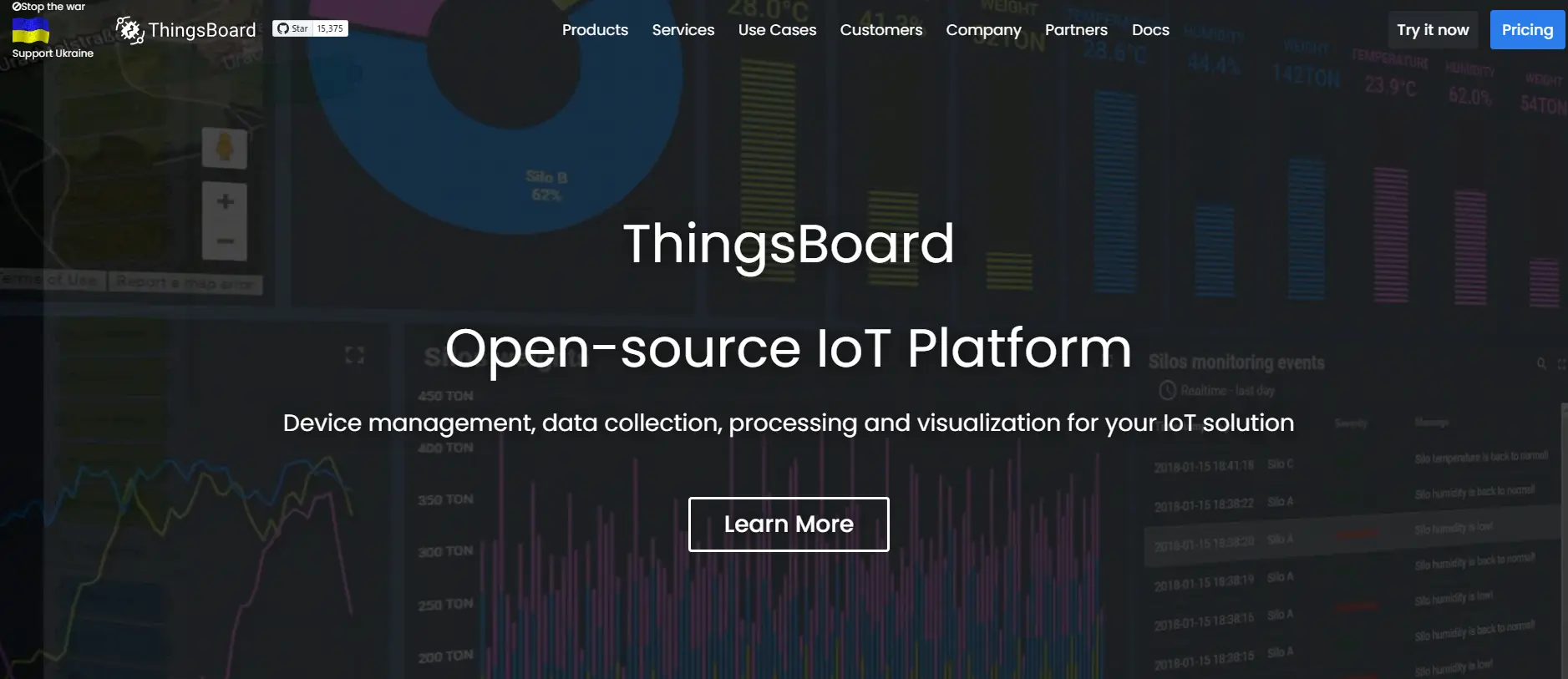
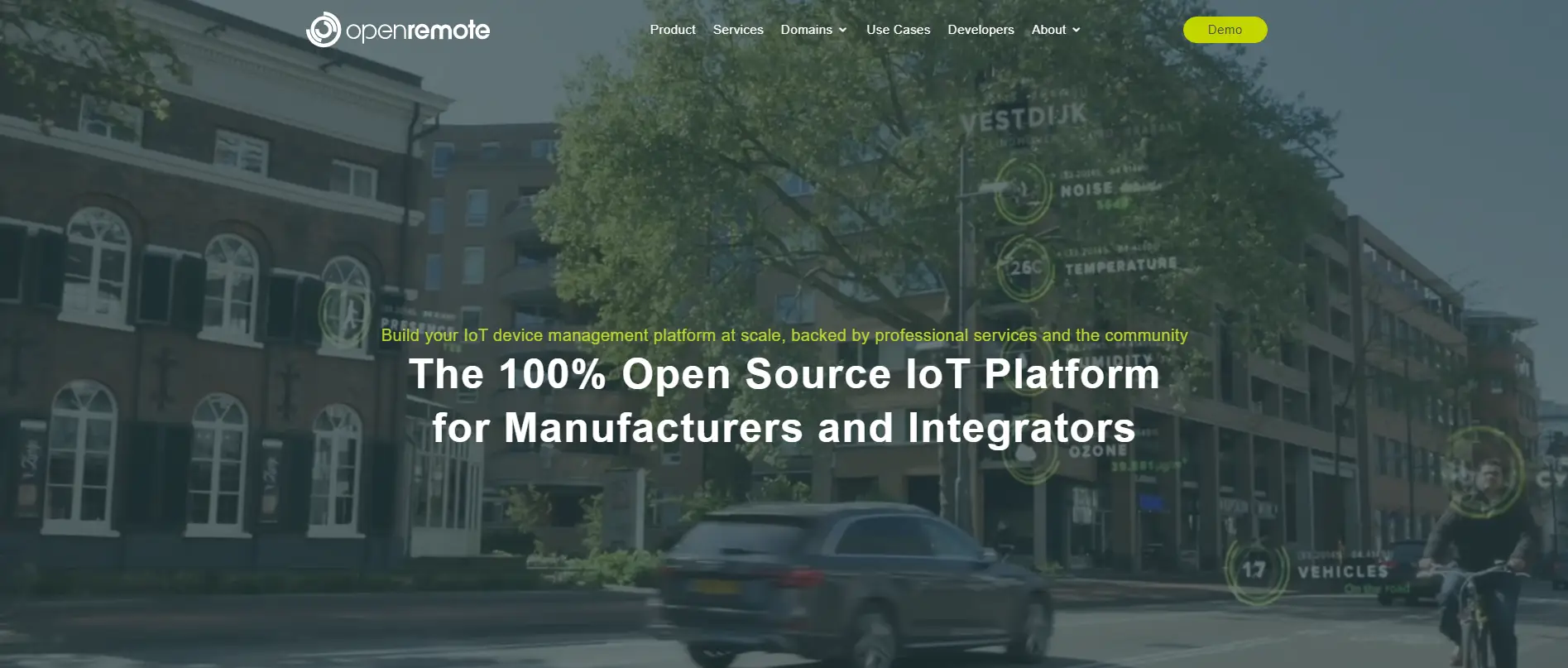
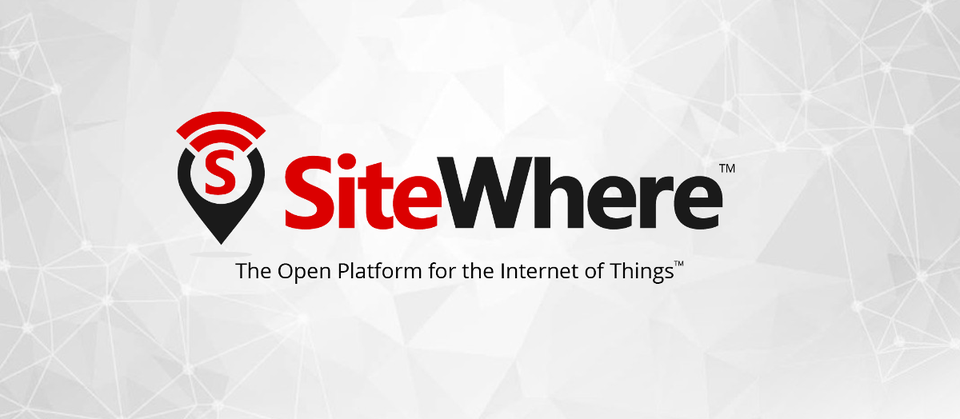
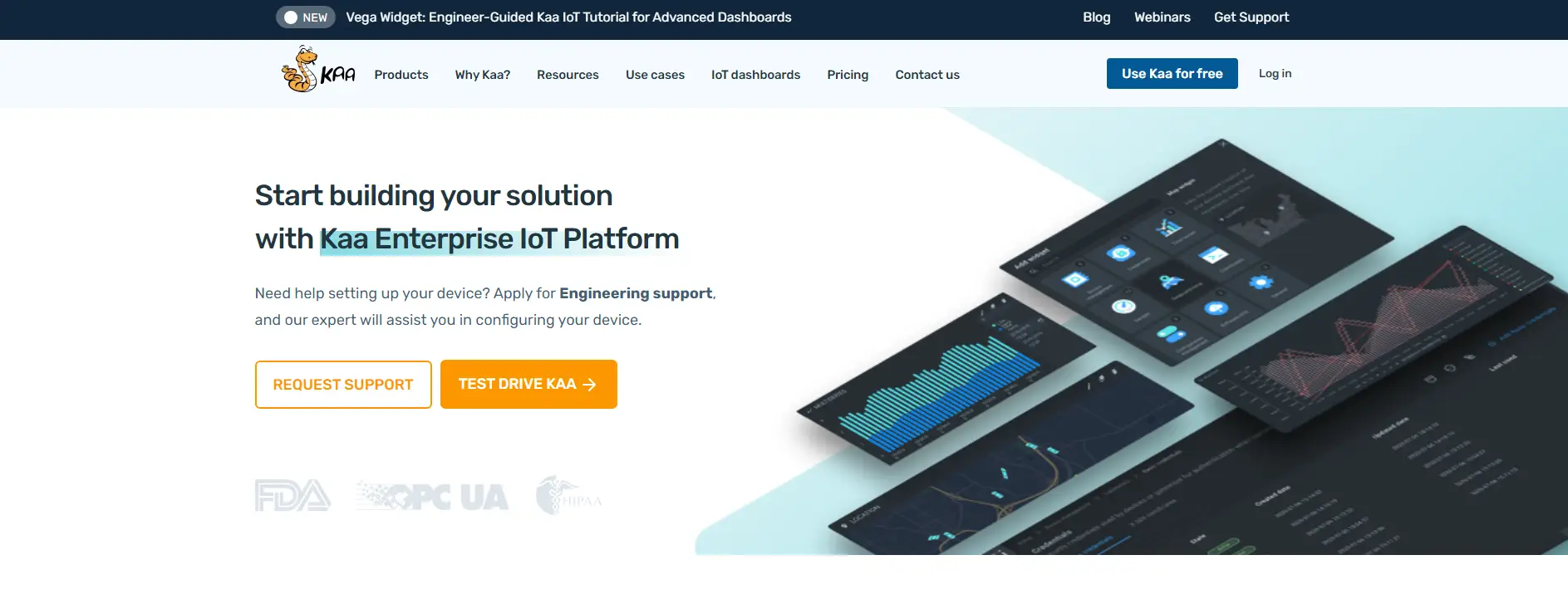
Whats up! I simply would like to give an enormous thumbs up for the nice info you could have right here on this post. I shall be coming back to your weblog for extra soon.
Thank You Russ